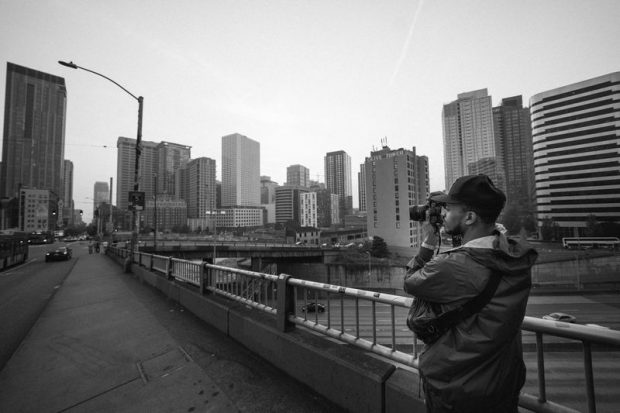The smart Trick of Framing Streets That Nobody is Talking About
Wiki Article
Our Framing Streets Statements
Table of ContentsThe Main Principles Of Framing Streets A Biased View of Framing StreetsGetting My Framing Streets To WorkWhat Does Framing Streets Do?Getting My Framing Streets To WorkThe smart Trick of Framing Streets That Nobody is Discussing
, normally with the aim of recording images at a crucial or touching moment by careful framing and timing. https://www.pubpub.org/user/david-turley.
Consequently his boots and legs were well defined, however he is without body or head, since these remained in movement." Charles Ngre, waterseller Charles Ngre. https://www.openstreetmap.org/user/framingstreets1 was the initial photographer to obtain the technical elegance required to sign up individuals in activity on the street in Paris in 1851. Digital Photographer John Thomson, a Scotsman dealing with journalist and social lobbyist Adolphe Smith, released Road Life in London in twelve monthly installments beginning in February 1877
Some Known Incorrect Statements About Framing Streets
Eugene Atget is regarded as a progenitor, not because he was the very first of his kind, but as a result of the popularisation in the late 1920s of his document of Parisian roads by Berenice Abbott, that was inspired to take on a similar documents of New york city City. [] As the city developed, Atget assisted to advertise Parisian streets as a worthwhile subject for photography.
Unknown Facts About Framing Streets
Martin is the very first taped photographer to do so in London with a disguised video camera. Mass-Observation was a social study organisation started in 1937 which aimed to record day-to-day life in Britain and to videotape the responses of the 'man-in-the-street' to King Edward VIII's abdication in 1936 to marry divorce Wallis Simpson, and the sequence of George VI. The chief Mass-Observationists were anthropologist Tom Harrisson in Bolton and poet Charles Madge in London, and their initial record was generated as guide "May the Twelfth: Mass-Observation Day-Surveys 1937 by over 2 hundred viewers" [] Window cleaner at Kottbusser Tor, Berlin, by Elsa Thiemann c. 1946 The post-war French Humanist College digital photographers discovered their subjects on the street or in the bistro. Between 1946 and 1957 Le Groupe des XV annually showed job of this kind. Andre Kertesz. Circus, Budapest, 19 May 1920 Road digital photography developed review the significant material of two exhibitions at the Museum of Modern Art (Mo, MA) in New york city curated by Edward Steichen, Five French Digital Photographers: Brassai; Cartier-Bresson, Doisneau, Ronis, Izis in 1951 to 1952, and Post-war European Digital Photography in 1953, which exported the principle of road digital photography worldwide.
See This Report about Framing Streets
, after that an educator of young children, linked with Evans in 193839.'s 1958 publication,, was substantial; raw and typically out of emphasis, Frank's images questioned conventional photography of the time, "challenged all the formal rules laid down by Henri Cartier-Bresson and Pedestrian Evans" and "flew in the face of the wholesome pictorialism and wholehearted photojournalism of American publications like LIFE and Time".Report this wiki page